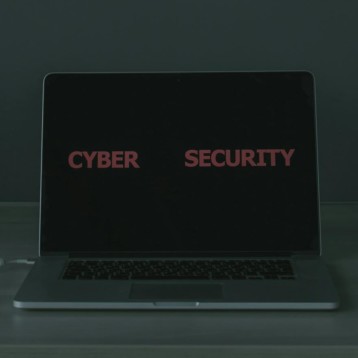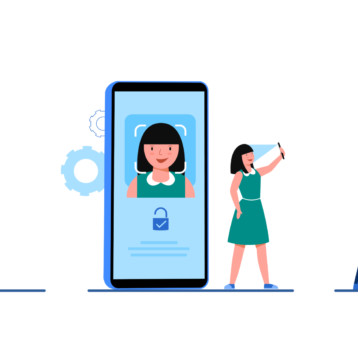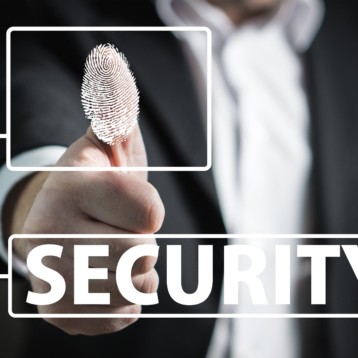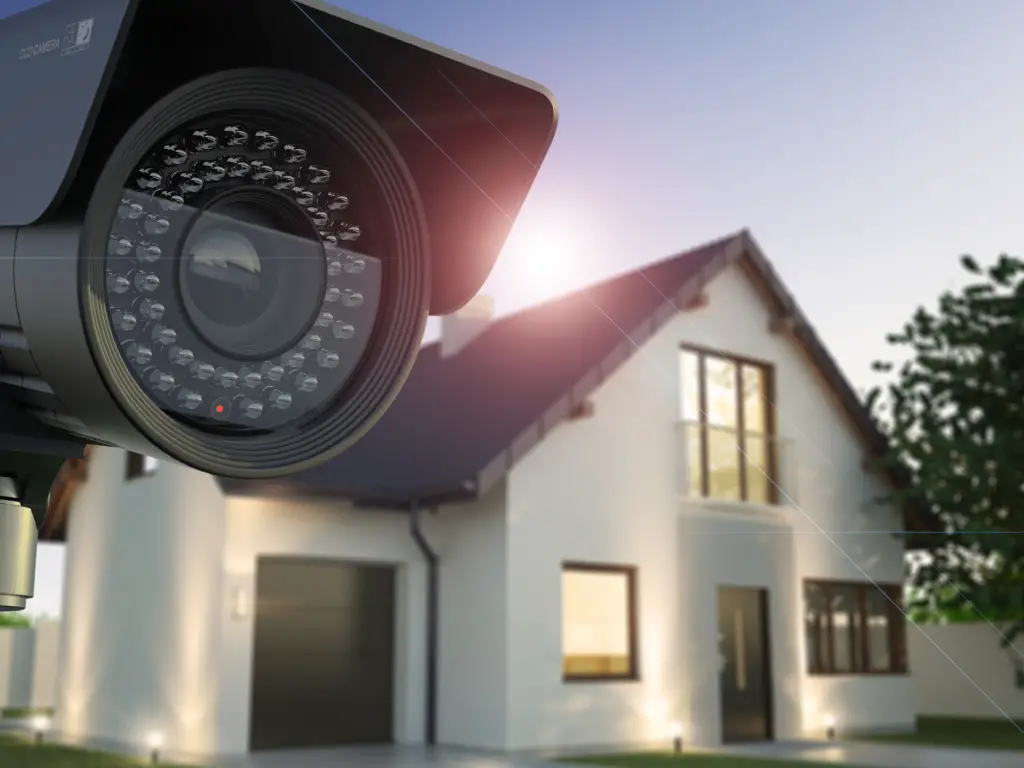
Thanks to the advancements in consumer technology, homeowners can now easily install their very own home security system. Setting up a security system provides you with an extra layer of protection against intruders and other potential threats. And because of this need for security, many companies now offer this service making it more accessible regardless of financial status.
Whether you own or rent your home, the benefits you will enjoy from a home security system far outweigh the investment that you have to make, especially if it is properly installed. Correct installation means that it must cover all the possible entry points into your property. You’ll also need to ensure that the alarms will not consider your family, guests, and pets as threats.
In this article, we’ll give you some tips on how to set up a home security system properly.
- Choose The Right Home Security System For Your Property
A security alarm system should be able to detect when someone enters a door or window, sound an alarm, and notify the authorities. However, this is only a small portion of what a properly comprehensive home security system could do. Aside from alerting law enforcement of breaches, it should be capable of detecting smoke, carbon monoxide, and even flooding both within and outside the premises.
The most recent home security systems available today also feature a wireless security camera that allows you to monitor your property from practically anywhere using your mobile smartphone. Wireless security cameras maintain the aesthetic of your home while being functional. Moreover, these new security systems can continue to work even if there is a power loss since a more advanced backup power source is provided.
Before you decide to purchase one, you also need to have a good understanding of the different features available on these systems so that you get the most value from them.
- Select Between A Professionally Or Self-Monitored Service
Most of the security systems sold today come with a subscription to a monitoring service that calls emergency services in case something goes wrong. This ensures that the local police or fire authorities are dispatched right away when there’s an emergency, even if you’re not home.
The advantage of professional monitoring services is that they can watch your property round the clock and are quick to react to potential security threats. On the other hand, opting for a self-monitored service is much less expensive, making it more enticing for many homeowners. You can receive notifications and alerts directly to your mobile device if any of the sensors are tripped, but it’ll be up to you whether you call the police or not.
When choosing a type of service, there are many things to consider, such as your budget, lifestyle, and work arrangements, so you can respond quickly if problematic situations occur.
- Install Exterior & Interior Surveillance Cameras
The placement of the cameras is paramount for home security systems. Exterior and interior surveillance cameras should be installed in places where they can strategically monitor areas of your home. You also need to find out how many angles each camera can cover. Your interior cameras should be able to cover the entire ground floor where most burglaries occur.
Exterior cameras also play a crucial role. Most smart home security systems these days come with surveillance cameras that have a motion detection feature that starts recording as soon as it detects that someone is approaching your property. You will then receive a notification within three seconds of detection. Aside from that, the exterior camera’s talk-back feature will allow you to talk directly to the people who are at your doorstep. This gives you less physical contact with people you may not know.
Remember that if the sensors of your surveillance cameras are wireless and battery-operated, you should make it a habit to check on their batteries every now and then to ensure that you won’t leave any entry points unsecured.
Both interior and exterior cameras can be monitored on your smartphone so you won’t have to worry about checking on separate devices.
- Invest In Peripherals
One of the best things about a DIY home security system is that you can upgrade it over time. You can add additional devices so you can enhance the security of your property even further. Depending on your needs and preferences, you can integrate emergency buttons, flood and temperature sensors, toxic gas, smoke, and carbon monoxide detectors, to name a few.
Keep in mind that some of the components of your home security system require a good power supply. Thus, you may need to install additional sockets for each of them. Power outages can also occur. In some cases, intruders will attempt to cut your home’s power supply to break into your property without alerting your security system. If possible, make sure that your home security system is connected to a backup power supply so it can operate consistently.
- Make Sure That Everyone Knows How To Use The Control Panel
Once you get your home security system set up, you also need to make sure that everyone in your household knows how to use its control panel. Brief your household on the features of your system as well as simple troubleshooting tips.
To avoid false alarms, the control panel or console should be located in an easily accessible location but high enough so that small children or pets cannot reach it.
Final Thoughts
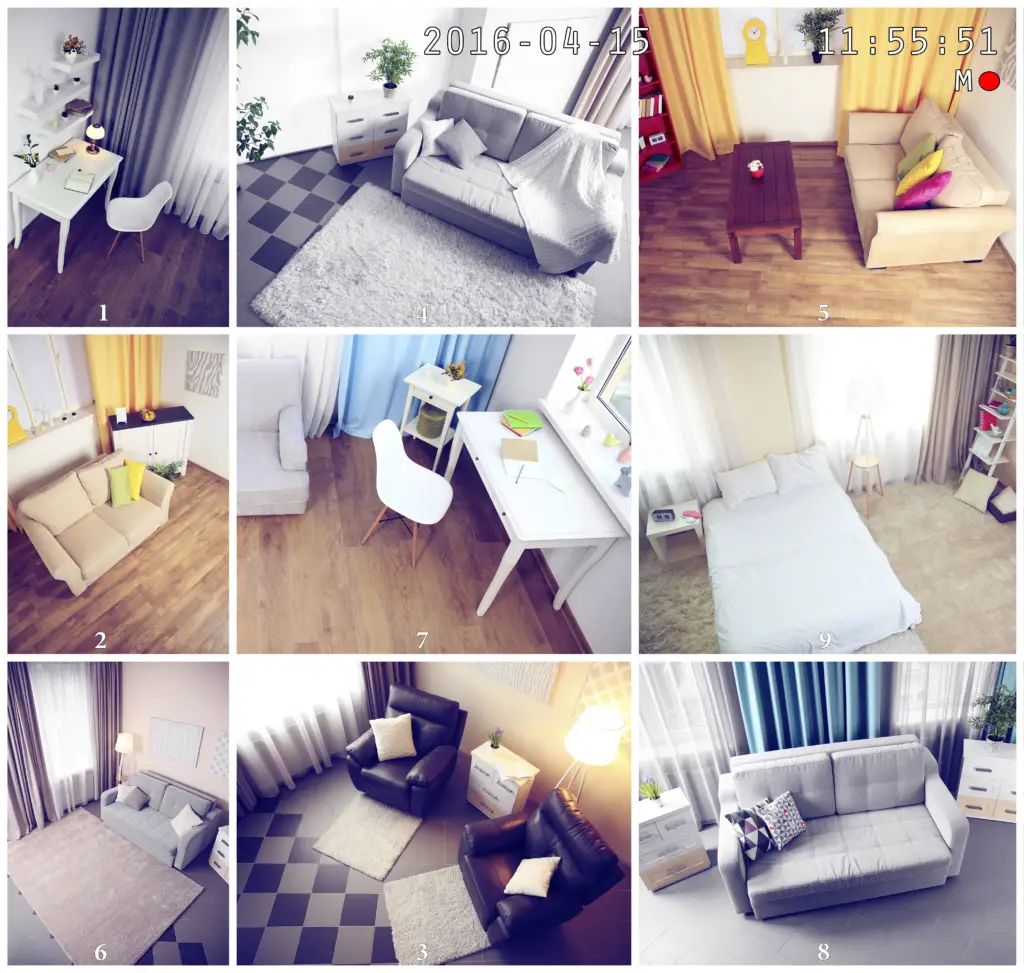
Setting up a home security system is not that complicated. With all the options available on the market today, you can certainly build the right system to keep your home and property secured. While in the planning stage, it is best to evaluate your home thoroughly and take into consideration your finances, work arrangements, and overall lifestyle.
When you have the appropriate home security system installed, it will give you peace of mind so that you can focus on other important areas in your life. In the end, making this investment is worthwhile as your home and your family’s safety should come first.

